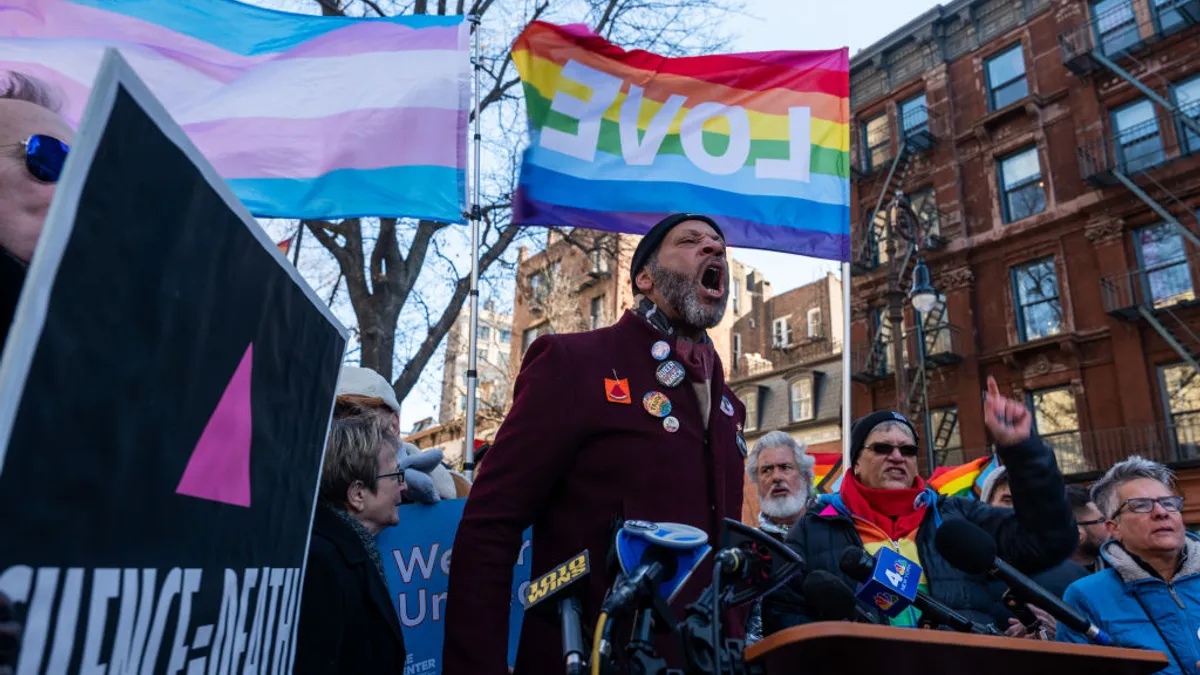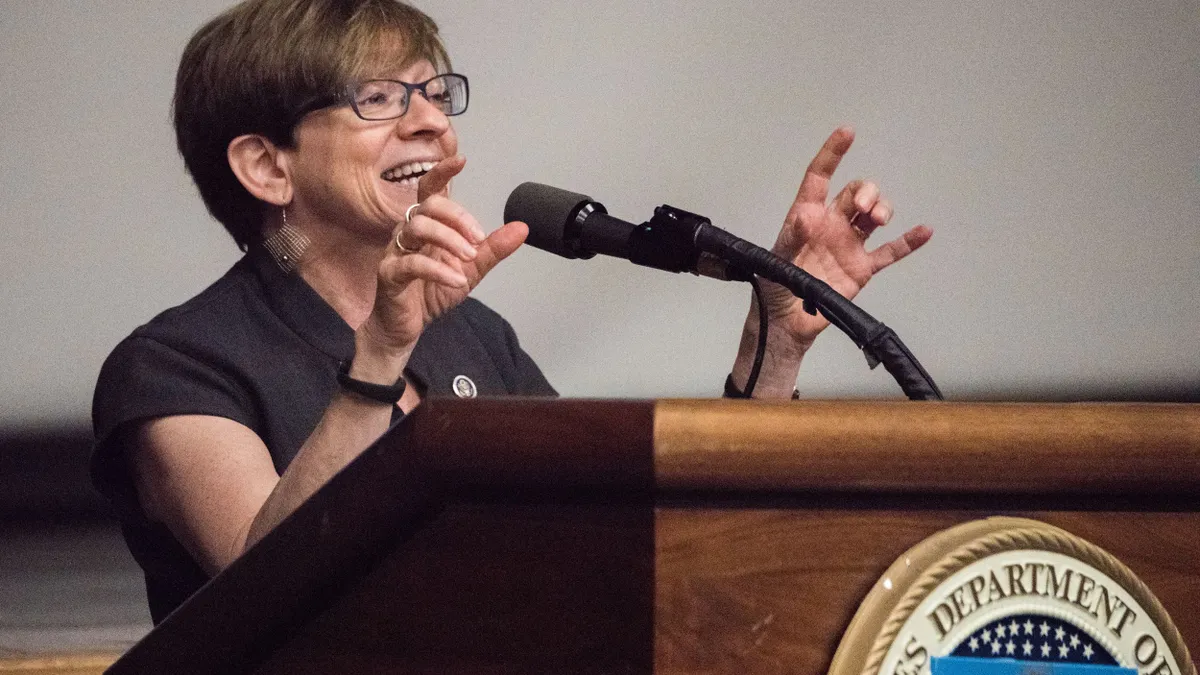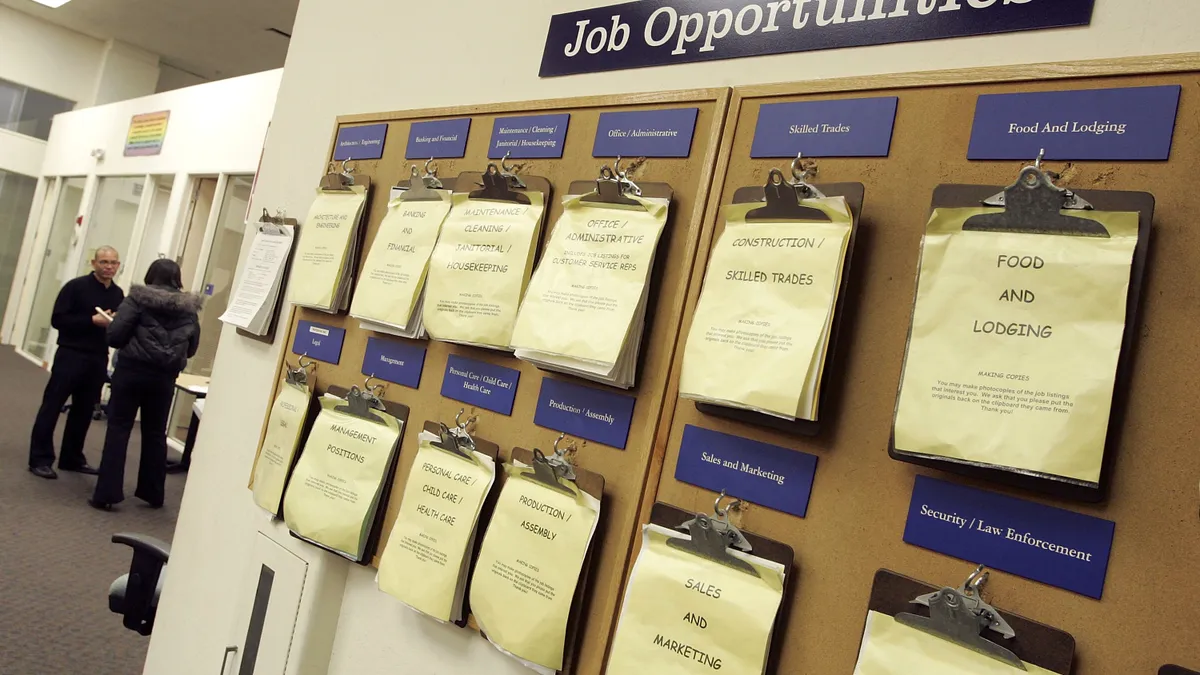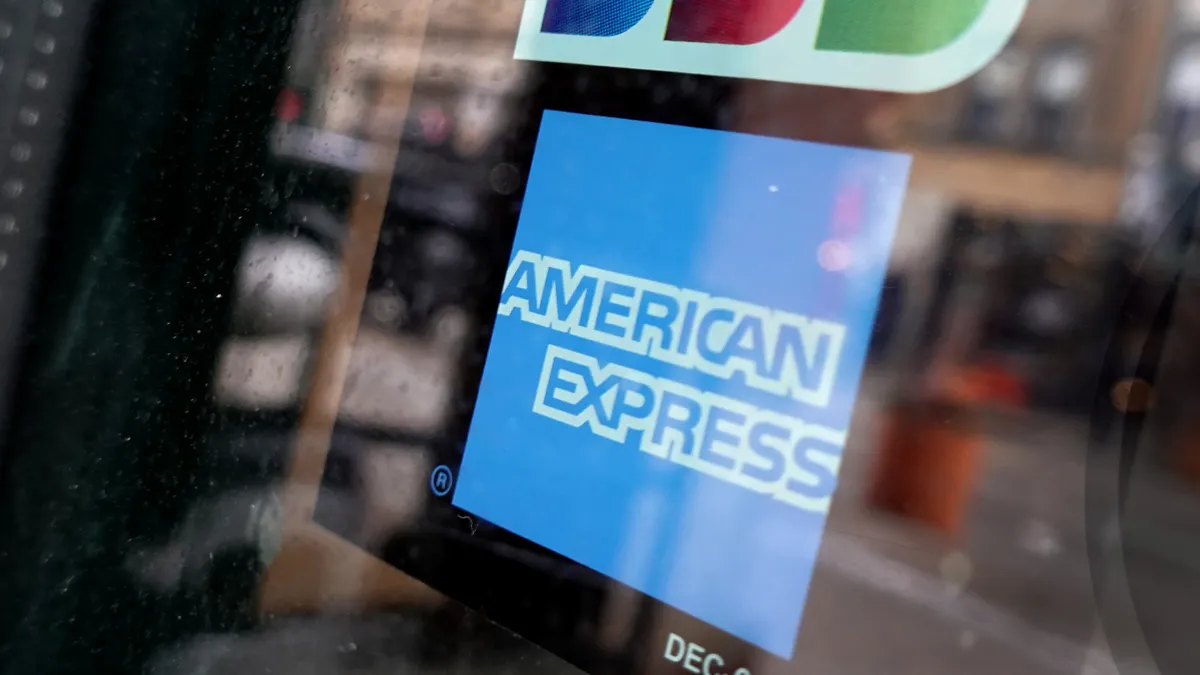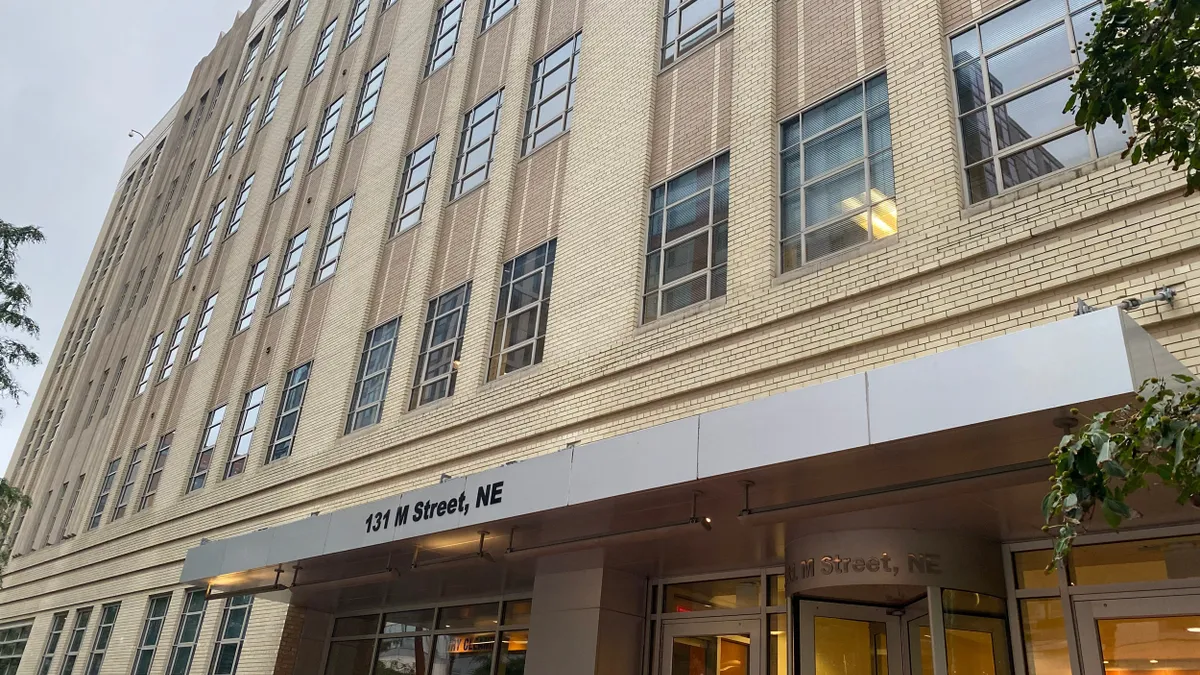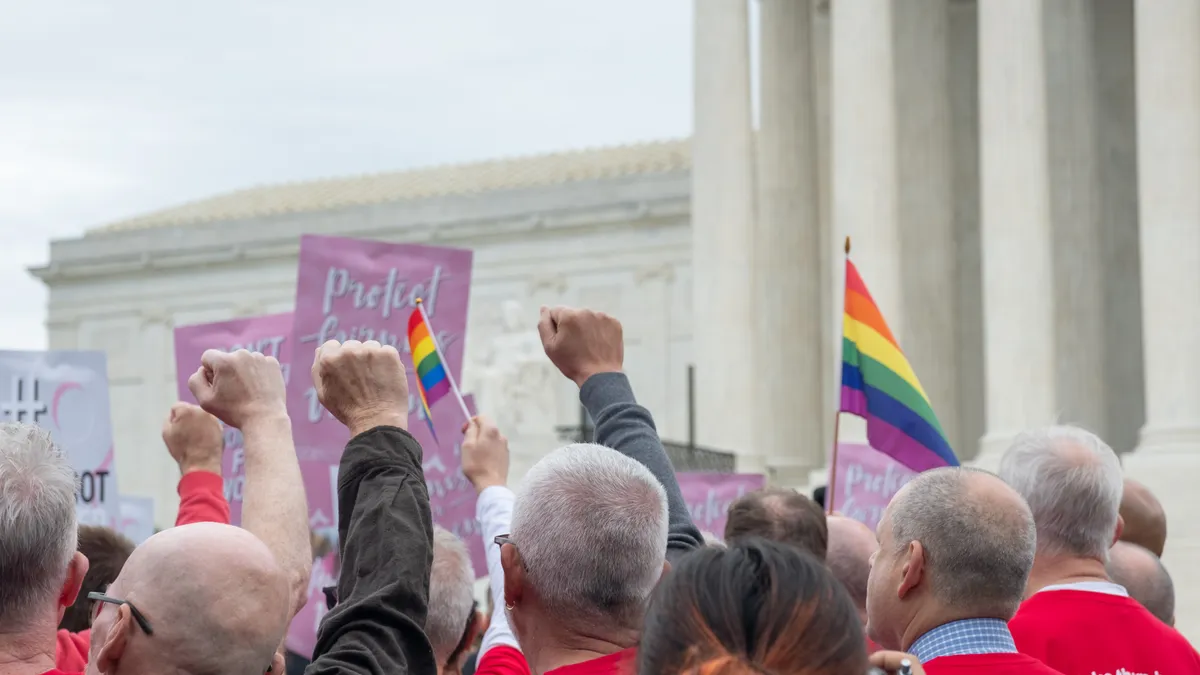Sarah Rowell is the CEO of Kantola Training Solutions, a company that specializes in workplace harassment prevention and DEI eLearning solutions. Natasha Nicholson is the senior content manager at Kantola Training Solutions. Views are the authors' own.
We live in politically charged times, with a misperception emerging that diversity, equity and inclusion efforts are part of a political agenda. But DEI is politically agnostic. Why? Because the focus is on basic life principles, like how we understand and treat people who may be different from ourselves. DEI also helps shape a healthier culture, with enhanced collaboration, productivity, innovation and greater opportunities for all. It’s about respect, fairness and basic morality. These are human values, not political ones.
How can HR professionals help employees see the value and clear benefits of DEI? How can we launch DEI training and other programming in a way that will be accepted by everyone? With this in mind, let’s look at strategies for addressing employee resistance to diversity, equity and inclusion.
Make the business and culture case
Start with making the case that DEI offers better outcomes for organizations and employees. A report from McKinsey provides "ample evidence that diverse and inclusive companies are likely to make better, bolder decisions— a critical capability in the [pandemic] crisis," with such companies outperforming others by 36%. More prosperous organizations can offer employees better job security, higher wages and increased likelihood of advancement.
Pre-plan, listen and engage
There’s a key to making this process work from beginning to end: listening, engaging and addressing resistance.You’ll want to carefully set your groundwork, thinking through all of the potential issues and barriers.
Deloitte research shows lack of diversity of thought as one of the biggest sources of bias at companies. "Leaders and managers can benefit by listening to people who think differently because they often bring some of the team’s most innovative ideas," authors express. McKinsey suggests deploying "listening tours, focus groups, employee surveys, and other means of generating open discussion and feedback." Leaders can test ideas and craft an agenda to address challenges and gain buy-in from across the organization.
Most importantly, consider this: "Is your organization committed to starting a journey towards a diverse, equitable and inclusive workforce?" If not, your first job is to outline the business (and moral) reasons why DEI is a critical part of any organization’s future. With that path cleared, you can set your ambition, determine goals, assess a starting point, make a plan and get moving to strive and grow.
Understand the reasons for resistance
It's important to understand that effective DEI programs do not create resistance, but they can and do uncover it, putting you in the position to address it. Remember that most resistance is fear-based — those in marginalized groups may feel the effort is futile, while people in overrepresented groups may feel targeted as the source of the problem.
Help resistors understand that we all have different life experiences which impact our interactions. Everyone benefits from DEI-related training; no one will be singled out, shamed or blamed. Support individuals to understand the DEI process and the reasoning behind it.
The best way to approach resistance is with inclusivity. Below are a few common ways employees might express their resistance, along with responses to help you engage in a positive way.
The resistance: This is all just politically motivated. I don’t want anything to do with it.
The inclusive answer: We’re going to focus on human values, like fairness and respect, that benefit everyone.
The resistance: I don’t have any biases, so what’s the problem?
The inclusive answer: Everyone has different life experiences that impact our interactions. We just want to take a moment to see how others see things.
The resistance: I don’t want to change. I am who I am.
The inclusive answer: Change is hard and it can be difficult to understand the unfamiliar. We’re just asking people to be open to listening.
The resistance: What difference does it make? We’re just one organization.
The inclusive answer: Our focus is to create a fair and inclusive workplace. And while we’re one company, we have many touch points that can spillover to benefit our communities.
Determine your resistance checkpoints
Establishing checkpoints along the way of your DEI program framework will be a powerful way to address resistance. A critical strategy? Make employees part of the solution, integral to planning and implementation as participants, not targets, of DEI programming. They will be more open to learning and discovery. Your choice of training will be important. While good training can engage employees in productive dialogue, substandard training can inadvertently fuel a backlash.
During pre-planning, identify who may be resistant and why. Develop steps to address these concerns preemptively as much as possible. At the same time, don’t assume ill-intent, as this could strengthen opposition.
When planning strategy, make a plan for addressing vocal resistance every step of the way. Explain the program and its benefits in the most positive terms. Provide an outlet for people to be heard in a way that is meaningful but does not disrupt and interfere with your overall goals.
As you implement, recognize that resistance may come from unexpected sources. Be ready to apply your strategies quickly to avoid being caught off guard. Engage people in dialogue in a way that brings down their defenses. Emphasize that everyone benefits from diversity and inclusion.
DEI is a journey well worth taking. Every time you address resistance in a manner that is thoughtful and sensitive, you are making a difference. Yes, you’ll have difficult moments, but with perseverance you can help employees come together with unity and understanding, appreciating each other's differences and offering greater respect. The reward will be in seeing your culture transform into one that embraces diversity, equity and inclusion, carving a pathway to better collaboration, innovation and productivity. That change will propel your organization, and all of the employees in it, to prosper, grow and thrive.







